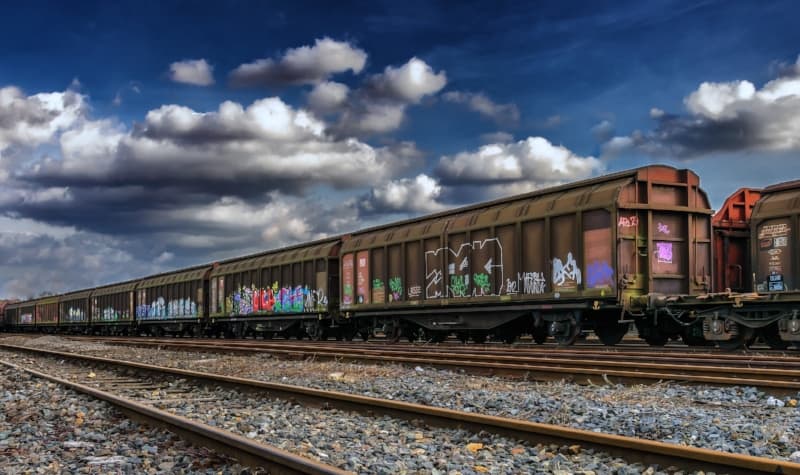
India’s persistence in improving rail freight volumes is paying dividends
India’s share of logistics in its GDP is 13%, which is significantly higher share than what the developed countries spend on their logistics domain. The number one reason for this is the inefficiency in the transportation system, with the country being plagued with bad roads, railways with capacity constraints, traffic bottlenecks, and inadequate transport hubs.
But there looks to be light at the end of the tunnel now. Last week, the Indian railway minister Piyush Goyal, said that the railways is looking to triple its gross freight traffic by 2030. He also stated that to achieve the milestone a reciprocation strategy for foreign bidders is in the pipeline, while they bid for major projects concerning the railways.
The strategy is simple, but surprisingly effective – the move is to make sure only the companies from countries that already allow Indian firms to bid for their domestic development projects would be allowed to participate in similar projects in India.
This seems a wise diplomatic move. India is a developing country housing over a billion people, and with a GDP growth of over 6% every year, the country has enormous potential to capitalize on. While foreign companies understand this, the Indian government believes this move would lead countries to open their national development projects to Indian companies, creating a bilateral win-win situation.
“As we are taking steps to become a $10 trillion economy, we want to increase the share of railways freight traffic to 3 billion tonnes from the current 1.1 billion tonnes,” the minister explained while talking to reporters. “The plan is to increase the railway’s share in overall goods movement to 50% from the current 35%”.
To make this happen, the BJP government has been hard at work in improving the state of Indian railway infrastructure, having set a target of laying 9.5 km (6 miles) of tracks every day. For increasing freight share, the railway ministry is actively doubling lines to increase the capacity of movement and has invested $15 billion into the nationwide infrastructural revamping.
The government is also keen on track electrification, which currently accounts for about half the total length of railway tracks. Electrification reduces running costs considerably, with the electrified tracks powering 65% of all railway freight traffic and 55% of passenger coaches for as little as 35% of the total fuel bill. The idea is to completely electrify tracks by 2021, which the Railway Ministry believes would save $1.66 billion in fuel costs every year.
Another aspect to be considering is the apparent deficit of railway infrastructure in the North East (NE) states, due to various factors like high militant activity, frequent economic blockades, and a national highway in bad-shape which hampers economic activity. Though the region geographically covers 9% of total land mass, it contributes a measly 3% to the Indian GDP. Looking to improve this situation, Suresh Prabhu, the former Railway Minister championed the widening of the infrastructural network to the region, which is the first step towards trade influx in the NE.
In the last three years, Indian Railways has been successful in connecting five NE states – Arunachal Pradesh, Manipur, Meghalaya, Mizoram, and Tripura – with the rest of the country via a broad gauge, against the metre gauge that existed before. This has led to a spike in freight transport through the region, where goods pass through the Siliguri Corridor in West Bengal which connects the NE through the chicken’s neck.
Improving rail connectivity in the NE throws up an added advantage of the possibility to trade with interior South Asian countries, apart from trading through the east coast ports. Last year, an A.T. Kearney-FICCI study had put forward the idea of a North-Eastern Corridor that can help incentivize trade between the NE and India’s neighbors, including Bhutan, Nepal, Bangladesh, and Myanmar.
Assam is taking up the mantle and has planned to step up the state into a trade and investment hub of the North-East, based on connectivity to mainland India. With the East-West corridor – that connects Gujarat with Assam – going in full swing, one could expect their economy to prosper in the coming years, and the contribution of the NE states to India’s GDP to improve significantly.
Stay up-to-date with the latest commentary and insights on FreightTech and the impact to the markets by subscribing.
